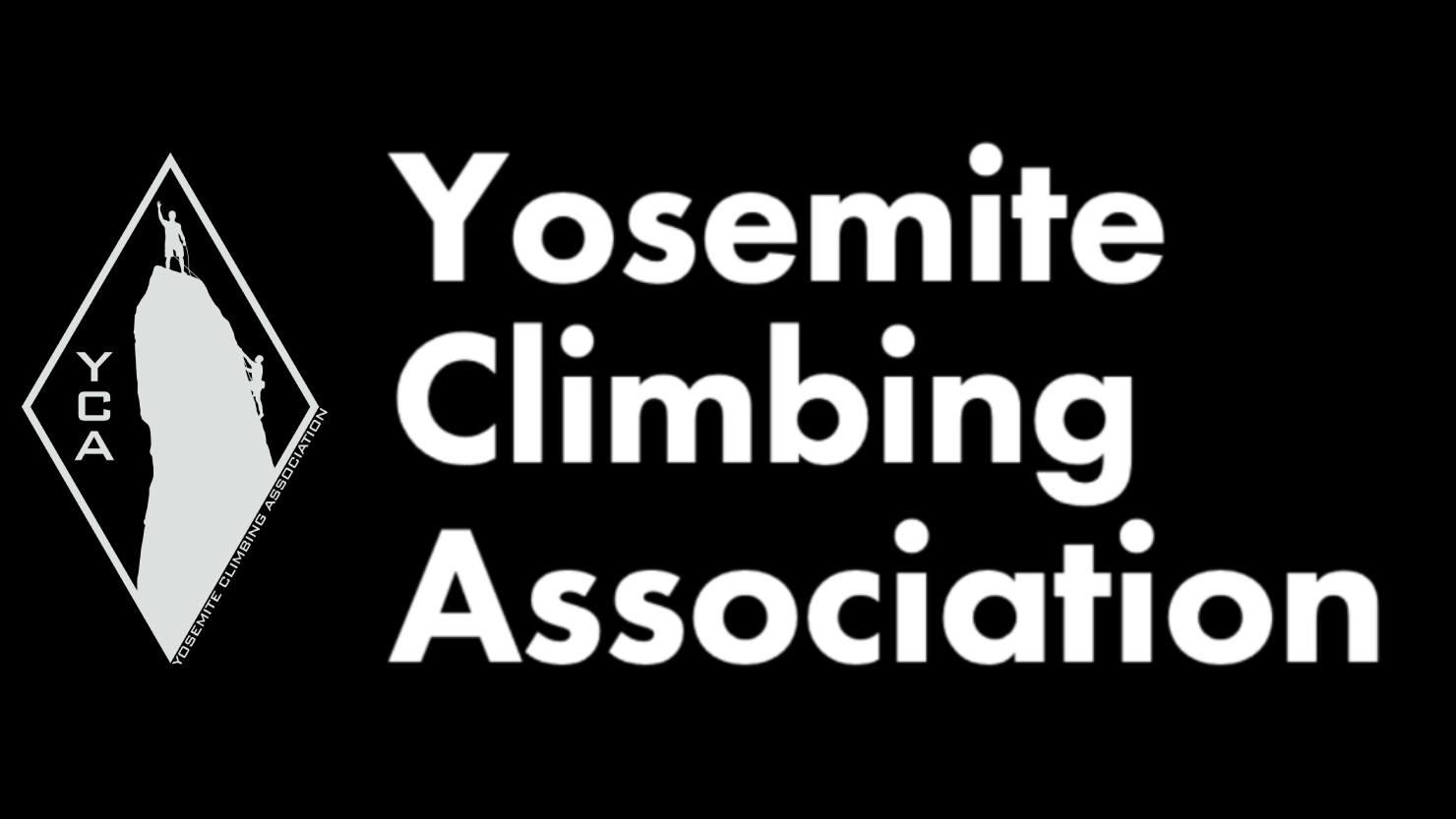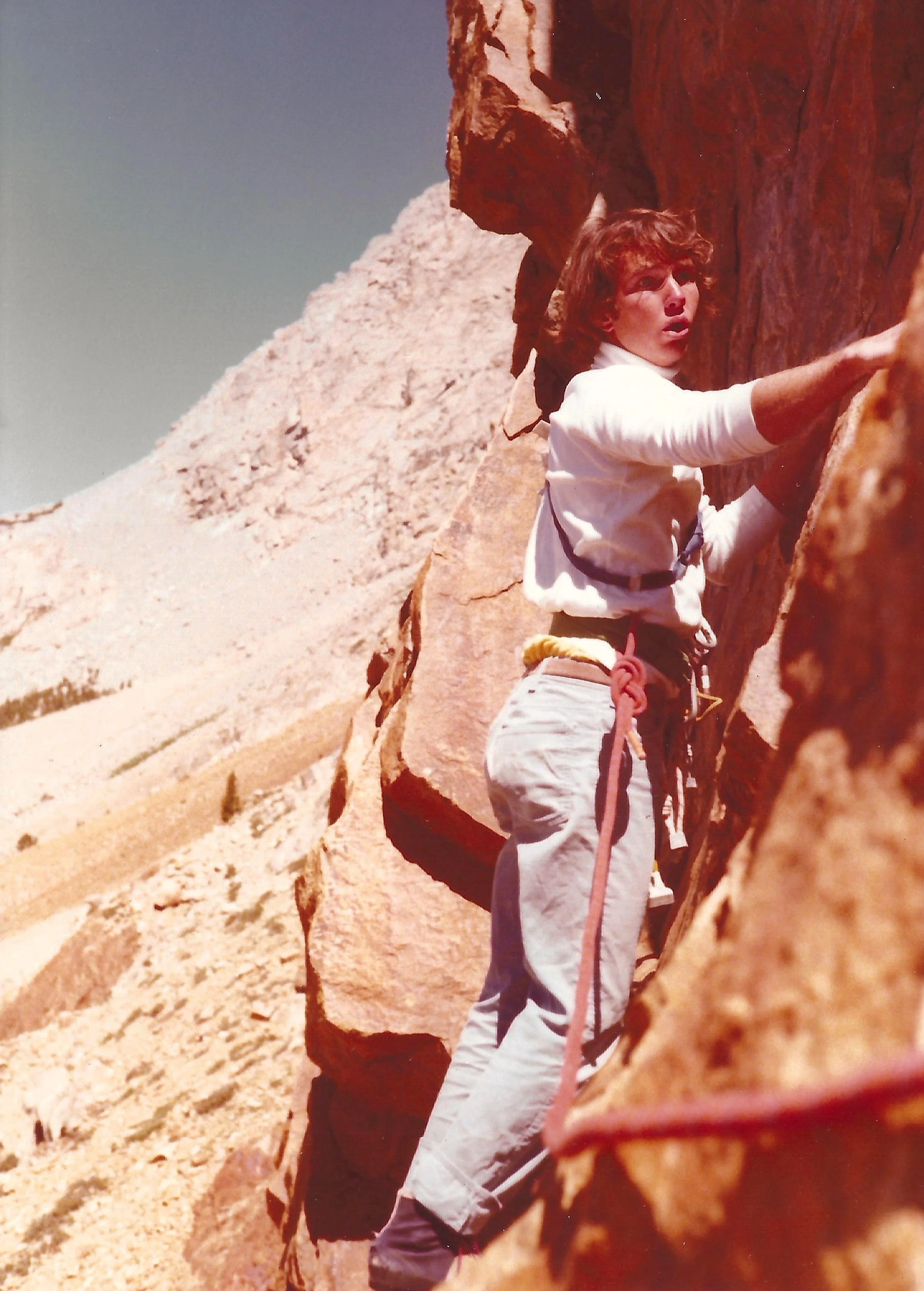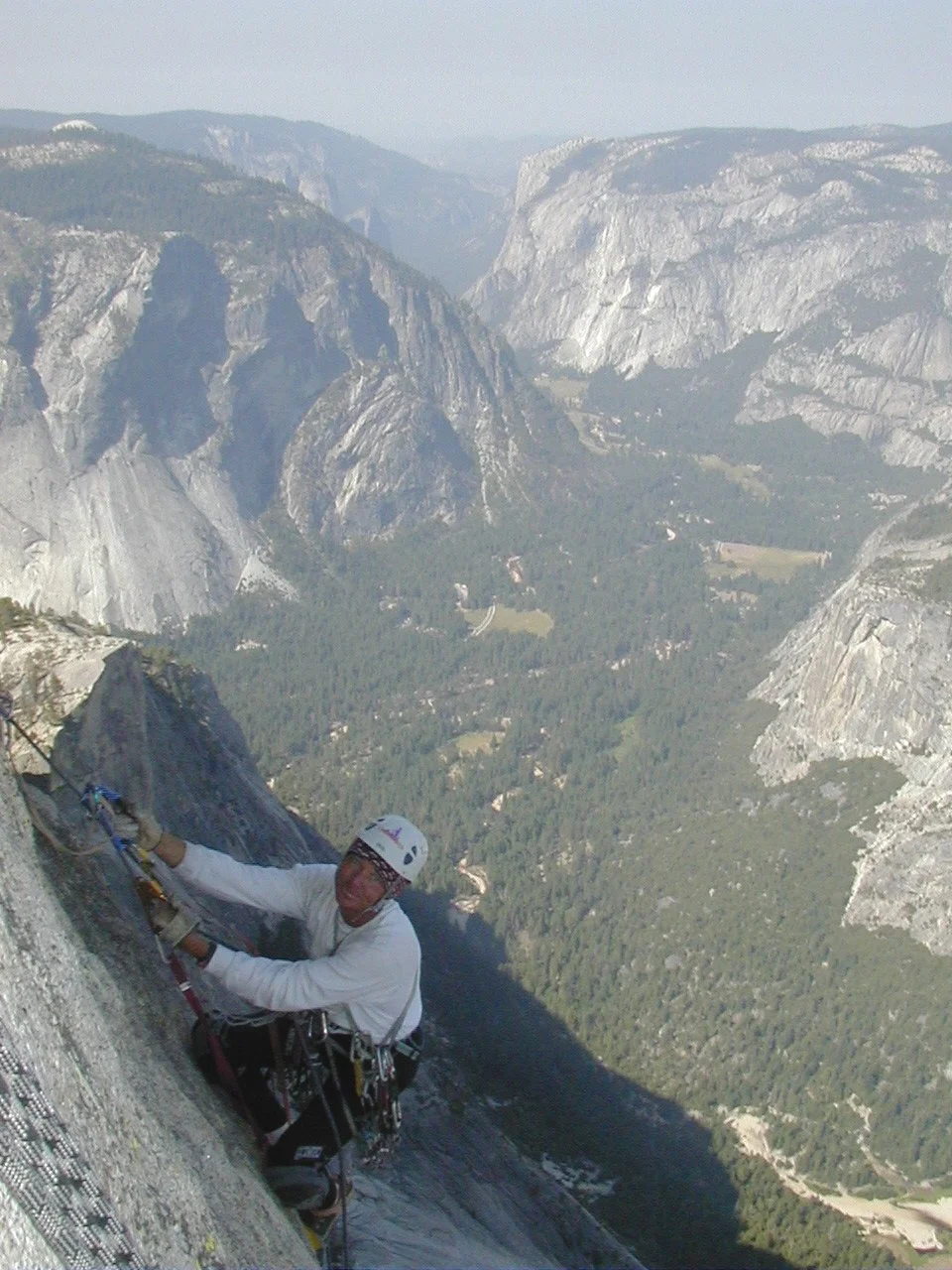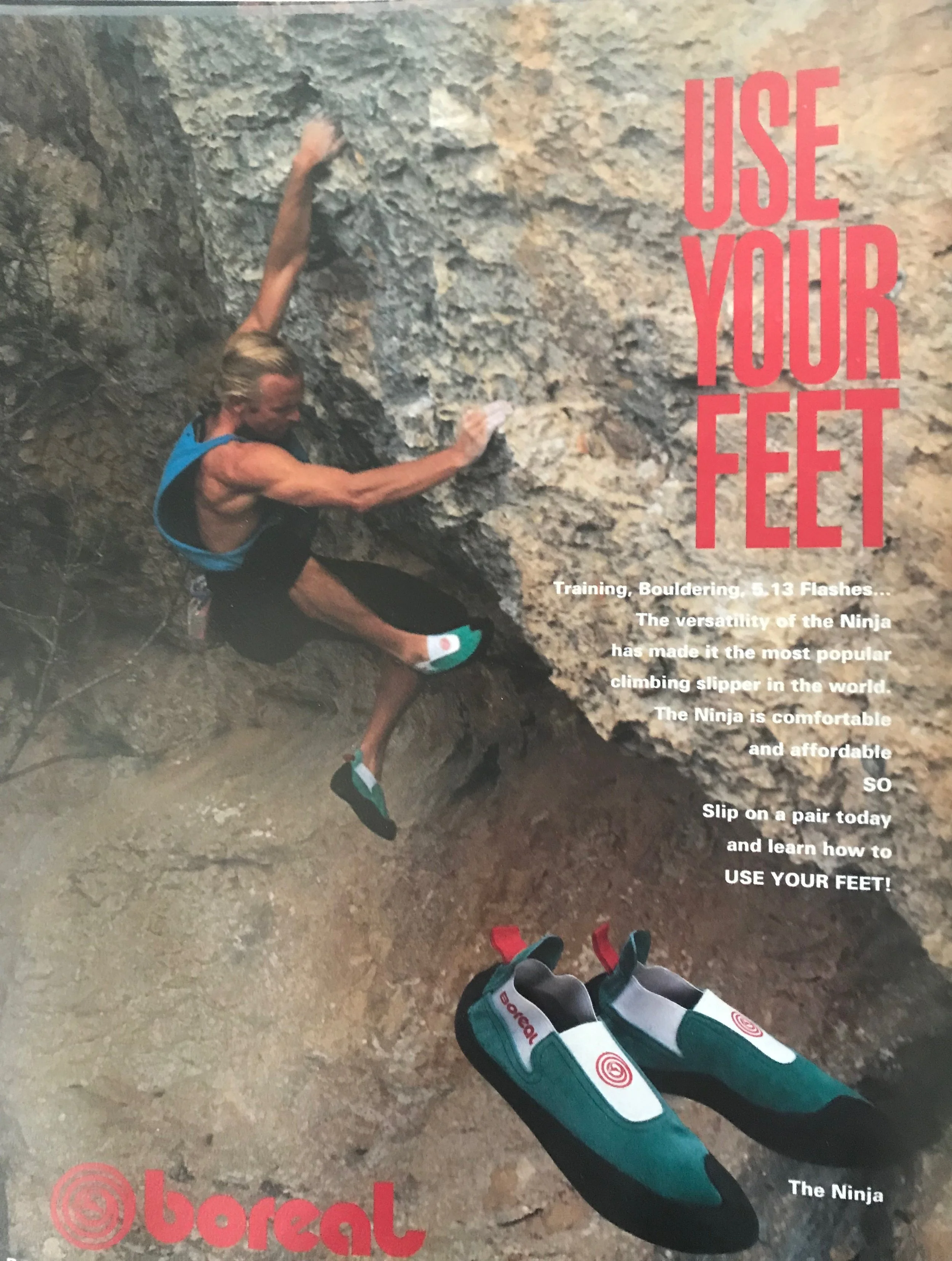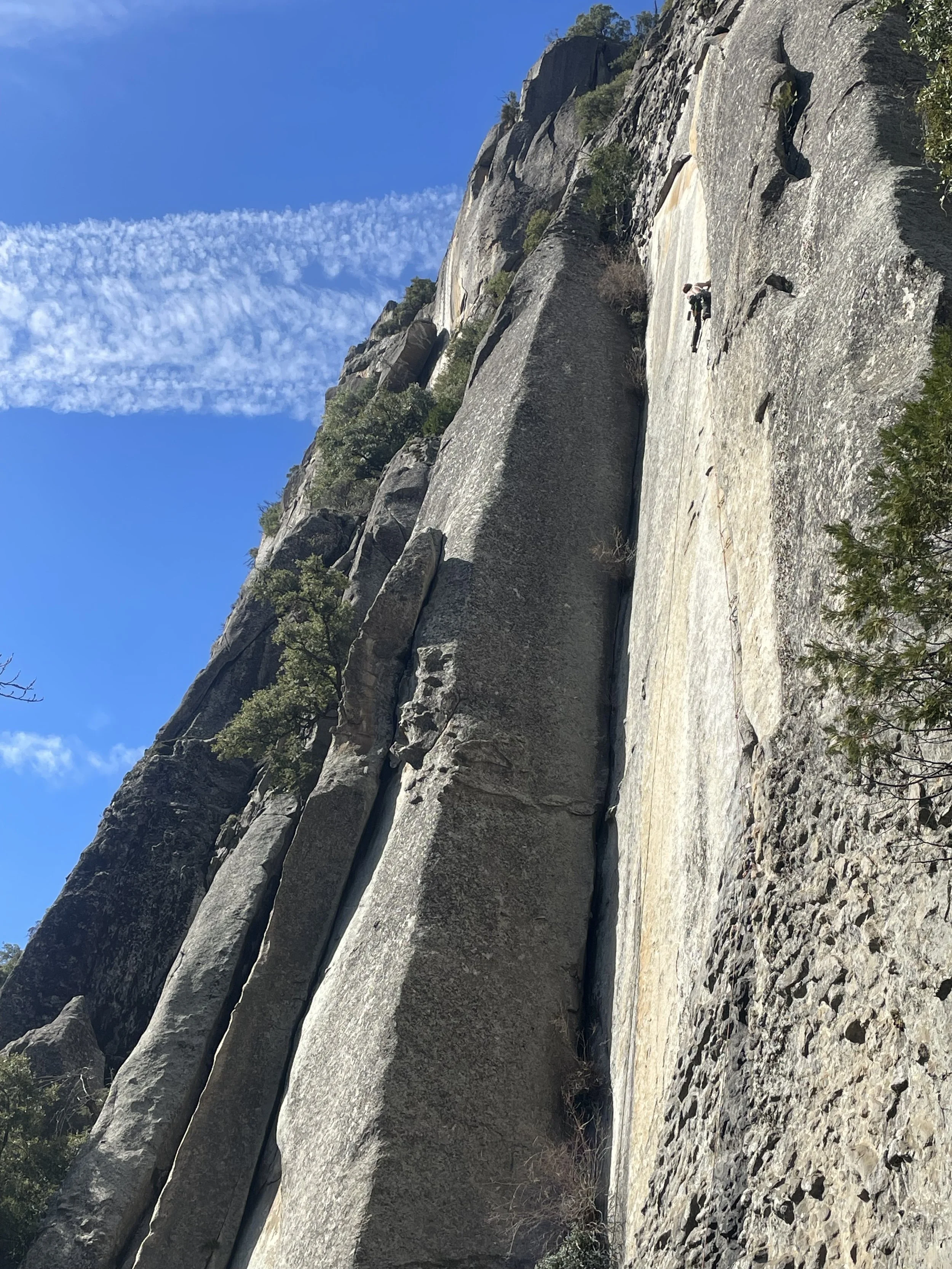EDITION 25 - SEPTEMBER 17, 2025
Your window into the stories, history, and ongoing work to preserve Yosemite’s climbing legacy.
A Note from the Editor
Lots of Yosemite news in this week’s newsletter. First, the Yosemite Facelift is coming up Sept. 24–28. To sign up for the “5-day stewardship event in Yosemite National Park with park-wide clean-ups, special projects, and evening programs,” says Yosemite Climbing Association, click here.
In climbing news, Taylor Martin has established two big-wall first ascents recently. Partnered with Owen Silitch, Martin “climbed a new route on the Panorama Wall… This is the second grade 6 route up the wall, surprisingly. We had a blast, and even climbed some really high quality pitches,” Martin wrote on Instagram. The dates of ascent were Aug. 24–25, Aug. 30, and Sept. 1–3. Martin continued:
The route was put up in 9 really long pitches, and we topped out the cliff having placed only 12 bolts on the 1600ft wall.
We named the route “Enso”. This is a symbol that represents beauty in imperfections and the letting go of expectations. The route and name are a tribute to Chris Gay, a close friend to many on the SAR site and in the community, who passed last year.
Additional details on Enso are now on Mountain Project.
Martin’s second route, climbed on Sept. 16 on the Camp 4 Wall, was done “Ground up, no bolts, in a day, by myself. ‘Act or React’ A3+ 5.9, 1300ft, six pitches, 16 hours solo.” This line is also listed on Mountain Project.
In Facelift news, on Sept. 13, YCA hosted the Groveland Facelift, which removed “695 pounds of trash in Tuolumne and Mariposa counties,” wrote Guy McCarthy on Sept. 15 in The Union Democrat.
In Yosemite news, Mary Beth “Mouse” Skylis at Backpacker reported, “Yosemite Just Had One of its Busiest Summers Amid Staffing and Funding Shortages,” noting a 7% year-to-date visitation increase through August (2,919,722 vs. 2,727,496).
On Sept. 4, NPS added: “With the exception of February when winter storms limited access, Yosemite’s 2025 monthly visitation numbers have outpaced 2024 numbers every month and the park is on track for one of the busiest years on record.”
That said, Jonathan Farrington of the Yosemite Mariposa County Tourism Bureau wrote in an email that “We have acknowledged that business levels are down across Mariposa County, the state, and major destinations nationwide.”
Regarding current Park conditions, NPS posted:
Delays on Wawona Road (continuation of Highway 41)
Expect delays on Wawona Road between Yosemite Valley and Wawona from Sunday night, August 24, to mid-November, Sundays at 11 pm through Fridays at 4:30 pm.
We have two features this week: YCA founder Ken Yager’s origin story, and an interview with Steve West—the Southern California/Joshua Tree climber from the 1970s–80s who helped bring Boreal’s sticky-rubber shoes to the U.S. with John Bachar and later served as Boreal’s U.S. distributor/rep.
West called me on Friday, asking if he could rent an e-bike through my business. I told him we don’t rent bikes—we offer guided tours in Mariposa—but we got to talking. I don’t know how we got onto the topic of climbing, but it became clear that he has deep ties to Yosemite climbing history. For example, the Boreal Bambas, which Lynn Hill used to free the Nose, are on display at the YCA museum in Mariposa. We set up a phone interview for Saturday, and I rang him up while cragging at Lower Cathedral Rock with Maggie Sogin (stay tuned for an upcoming feature), Pat Curry, and their baby.
Chris Van Leuven
Editor, Yosemite Climbing Association News Brief
YosemiteClimbing.Org
Interview: Steve West, Stonemaster & Boreal’s U.S. Point Man
From Camp 4 tests to coast-to-coast demand
When I rang up Steve West from Lower Cathedral Rock in Yosemite over the weekend, I could hear carabiners and cams clinking in the background while my partners climbed—and, on his end, dock chatter and the clank of moorings as West set off to fish with buddies in a Boston Whaler.
We’d started our conversation a few days earlier. He was dropping names—Bachar, Croft, Rick Accomazzo, Tobin Sorenson—and I wanted to hear more, but I was mid e-bike ride in the Sierra foothills. When we reconnected for the scheduled call, a bit of phone tag ensued while he loaded the boat and pulled out of Newport Harbor in Orange County.
West is a Southern California Stonemaster, having met Rick Accomazzo when West was about 16 at the sandstone bouldering spot Pirate’s Cove in Corona del Mar around 1969–1970.
West’s older cousin was a Yosemite ranger who showed him around the park and would even “open a gate and give us our own VIP campsite. He had the keys to the kingdom,” West says. His introduction to climbing followed soon after: “We’re walking around and he goes, ‘Look up there, Steve.’ I hear bong-bong-bong—what the hell are they doing up there? That’s how it started.”
After that, “I took two weekends of classes at Suicide Rock on an old static belay with a manila rope.” He quickly connected with Mike Graham (later the founder of Gramicci) and the two began ticking off 5.8s and 5.9s at Suicide—Iron Cross, Southeast Face, Sundance. One day, they came upon “this guy at the base of the Weeping Wall who had a Prince-Charming haircut… ‘Who are you?’” West asked. “‘I’m Tobin,’” came the reply. Others followed, including John Long.
By Stonemaster lore, you had to be leading 5.11—notably the three-pitch Valhalla at Suicide—to become a Stonemaster. Partnered with Graham, West recalls they did the sixth ascent.
Boreal Arrives
Fast forward to 1980. The Gallego brothers brought Spain’s sticky-rubber Boreal Firé shoes to Camp 4, looking for a U.S. distributor.
“They wanted the best—and Bachar was it,” West says. “Try these shoes,” they told him, and asked him to bring them to the U.S. Bachar, not a business guy, tapped Mike Graham.
Graham’s gusseted pants—inspired by the stretch of judo pants—were a hit. “That was the launch of the gusseted crotch for Gramicci,” West says. With Graham’s existing REI relationship, Gramicci spread nationwide. As demand for Firés exploded, Graham eventually handed the U.S. Boreal distributorship to West. Next, West says, “Mike told me, ‘Let’s get rid of these shoes and dirtbags—they’re calling for free stuff.’” By 1983, demand was such that climbers lined up outside shops for the sticky rubber that was changing how people moved on stone. Slabs—especially Yosemite’s glacier-polished ones—suddenly felt doable. Like Ray Jardine’s spring-loaded camming device (Friends), Firés were among the era’s most transformative climbing innovations—both stories rooted in Camp 4.
“My first rep was Wolfgang Schweiger in Colorado. Eddie Whitmore, Randall Grandstaff—great crew,” West says. Though he was “only” the distributor, the shoes were flying off the shelves, and when it came to the Spanish factory’s directives, he did what they asked.
Asked about Firés’ effect on Yosemite climbing, he answered: “Sticky rubber changed the game. There was a comp at Mount Woodson—they wanted to ban Boreal for Bachar because they thought it was cheating.”
He adds a Bachar detail: “He even taught the leather-room guys algebra on a chalkboard to save material. Bachar’s last fit a lot of people. He’d test shoes on the limestone out back, then go change them in the factory.”
Trade Shows
“At the second-year Boreal trade show in Reno in 1991, the Gallego brothers said, ‘We have signed Lynn Hill and you are going to pay her.’ No negotiation. We looked at each other—‘Okay, I guess so,’” West says. “The factory told us to pay John Bachar two percent of gross sales. He was basically an employee and instrumental in making Boreal worldwide.
“Royal Robbins would hang at our booth,” West recalls of show-floor traffic. “We got him Boy Scout shoes and demos—he was my oldest sponsored athlete. We’d trade shoes for shirts.”
“It was a hilarious business making good money while I just hung with the guys. I climbed in Munich, Mallorca, southern Spain with John [Long]… crossed paths with Jerry Moffatt, Ben Moon, Wolfgang Güllich—good times.”
At one early U.S. competition, “At Snowbird, a tall, skinny kid asked to set shirts next to our Lynn Hill poster signing. Beaver Theodosakis. That was the start of prAna.”
Lynn Hill Frees the Nose
“Lynn lived in Europe and had a house in France. We’d see her at Arco,” West says. “She came back to the U.S. and started training with my good friend Steve Sutton. I sponsored Sutton. I didn’t know exactly what Lynn was aiming for [the Nose]—then she pulled it off.”
“After Lynn freed the Nose [in 1993; in a day in 1994], I took everyone to dinner at the finest restaurant in Yosemite—Peter [Croft], Allen Steck, [Jim] Bridwell, Lynn… Classic Ahwahnee scene.”
After her mind-blowing free ascent of the most famous route in the world, “We called Lynn from the office. My GM Lin Nguyen says, ‘Why don’t we rub it in the boys’ faces—It goes, boys.’ Lynn loved it. We shot the [El Cap] meadow photo and ran an ad.”
Speaking of his guerrilla marketing, West says there was no agency—he adds, “Another ad ran after Croft and Schultz’s speed ascent of the Nose. Someone said, ‘Those guys are jokers.’ We ran the ad: Two jokers and a pair of Aces.”
“Ace took off. We couldn’t get enough of them in,” West says of the low-cut, stiff precision shoe, noting it was their top seller. He rattles off the key models: “the Ace, Ballet, Laser, Vector, and Bamba.”
However, Boreal eventually lost the U.S. market. According to West, gray-market undercutting from Spain killed the business here. A shop in San Sebastián on the Bay of Biscay, in the province of Gipuzkoa in the Basque Country, northern Spain, was shipping direct to U.S. customers at his wholesale price, so dealers bailed—“kids would try shoes on in stores, then say ‘I can get them for half price direct,’” West says. They couldn’t stop it, and “they lost the U.S. market.”
As for West today, he doesn’t seem bothered. He’s raising his kids and grandkids and plans to bring them to Yosemite in mid-October for a week to “show them what grandpa used to do.” He still climbs—he did the Regular Northwest Face of Half Dome on his 50th birthday—obviously fishes, and still thinks of Yosemite as the most amazing place in the world.
He loves the waterfalls and hanging by Royal Arches during spring runoff, and notes that “the Valley gets hot and busy in summer, so fall is the best time.” After decades of travel, friends still nudge him to return to Yosemite—“it’s all about the people, too,” he says.
Join Us for the YCA x Touchstone Valley Revival Release Party!
Join YCA Founder Ken Yager for an evening of stories from 1977…the year of the infamous airplane crash in Yosemite and celebrate the launch of Valley Revival, a new non-alcoholic beer brewed in support of YCA’s mission to protect Yosemite’s climbing legacy.
Tickets: Free to attend | RSVP helps us plan for the crowd
Support: A portion of all evening sales benefits the Yosemite Climbing Association from Sept 19. All together, 10 Kegs plus 10 cases (240) pints of limited edition Valley Revival have been brewed. Some will be available at Facelift and the rest will sell at Touchstone Brewing. All proceeds will be donated to YCA. Thank you, Touchstone!!!
📅 Friday, September 19th | 7:30pm - 9:30pm
📍 Touchstone Brewing Co. | 116 N 16th St., Suite 100, Sacramento, CA 95811
Yosemite Climbing Museum – Origin Story (Ken’s Logs, Sept 2, 2025)
On August 31, 1992, legendary Yosemite climber John Salathé passed away at the age of 93. When the next few issues of Climbing Magazine didn’t carry his obituary, I called to ask when it would run. To my surprise, they hadn’t even heard of his passing and had no article planned. Instead, they asked me to write it. That single request set me on a path that would change my life.
At the time, Mike Corbett and I already shared a passion for climbing history. We had pooled our gear to illustrate the rapid evolution of climbing equipment over the course of our twenty-year careers. Wanting to capture the voices of Yosemite’s pioneers, I bought a Sony video camera and began cold-calling Salathé’s former partners. To my amazement, every single one said yes.
Because I wasn’t a writer, we recruited San Francisco Examiner travel writer John Flinn to help. With Murray Barnett driving, Mike and I set off to the Bay Area, welcomed into the homes of Yosemite’s early climbers. What began as interviews quickly turned into social gatherings, marked by warm hospitality, elaborate lunches, and—most astonishingly—tables piled high with climbing gear and memorabilia that people were eager to share with us. Each visit felt like being handed the crown jewels.
A special thank you goes to Mildred Bennett, who not only served the best lunches but also connected us with many of the greats of the 1930s and ’40s. Through her, I met climbers such as Anton “Ax” Nelson, Marjorie Bridge Farquhar, Morgan Harris, John Thune Sr., Jim Wilson, Jules Eichorn, Doris Corcoran Leonard, and Richard M. Leonard. Leonard himself entrusted us with the Higher and Lower Cathedral Spires notebooks and the roster from the first roped climbing trip to Yosemite on Labor Day weekend, 1933. Of the 21 climbers listed, seven were women—a fact that proves women have been part of Yosemite climbing since the very beginning.
Over time, we were entrusted with Salathé’s rack, photos, and letters, as well as gear from Raffi Bedayn, who pioneered aluminum carabiner manufacturing in the U.S. after World War II. Writing Salathé’s obituary gave me not only a deeper appreciation of climbing in the 1930s and ’40s but also ignited a lifelong passion to preserve and share this history.
Those early donations became the foundation of a real museum. What started as a modest exhibit grew into the vision for the Yosemite Climbing Association (YCA), which I founded in 2003 to protect and interpret these artifacts. Today, thousands of items—from 1875 to the present day—are on display at the Yosemite Climbing Museum in Mariposa.
Looking back, I know none of this would have happened without my curiosity about Salathé and Climbing Magazine’s unexpected call. I was honored to be entrusted with Yosemite’s pioneers' stories and remain committed to preserving them. I’ve worked on this project for more than half my life, and while it sometimes feels like a life sentence, it’s one I gladly embrace.
PHOTO OF
THE WEEK
Nick Miranda on Crimson Cringe, Yosemite. Photo: Chris Van Leuven
Start planning your 2025 Yosemite climbing trip!
Learn everything you need to know about climbing in the park - from permit information to safety videos and tips from the Yosemite Conservancy!
Stay up to date on the latest climbing closures in effect!
Get your permits, do your research, and hit the wall!
Visit the Yosemite Climbing Museum!
The Yosemite Climbing Museum chronicles the evolution of modern day rock climbing from 1869 to the present.
